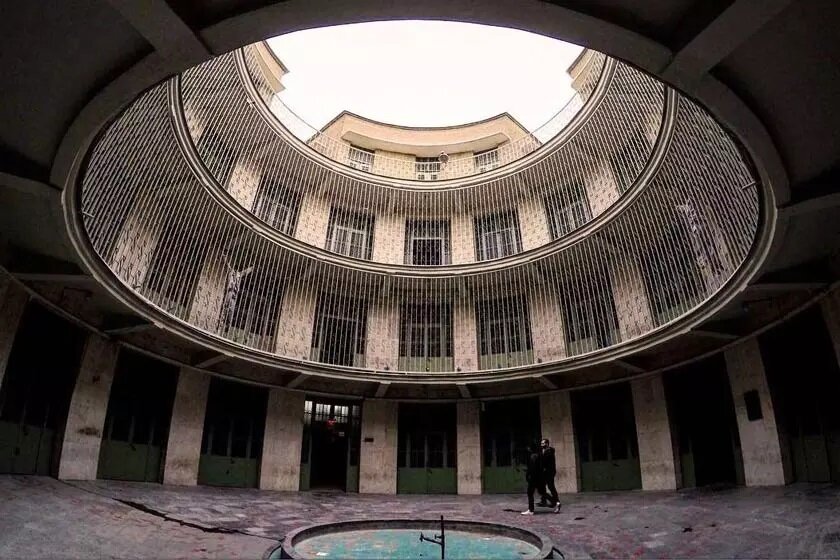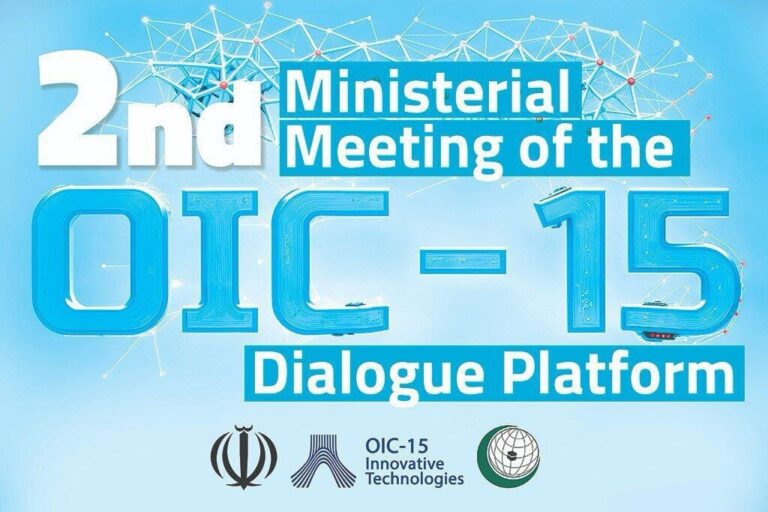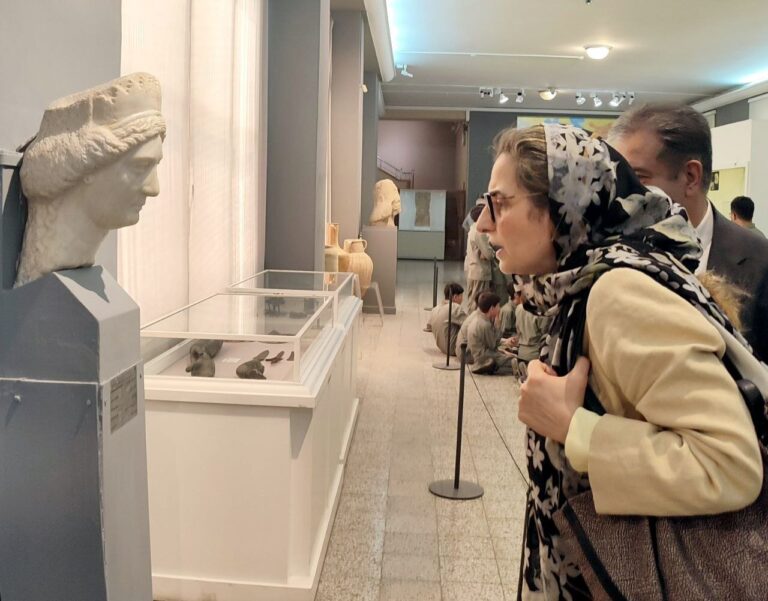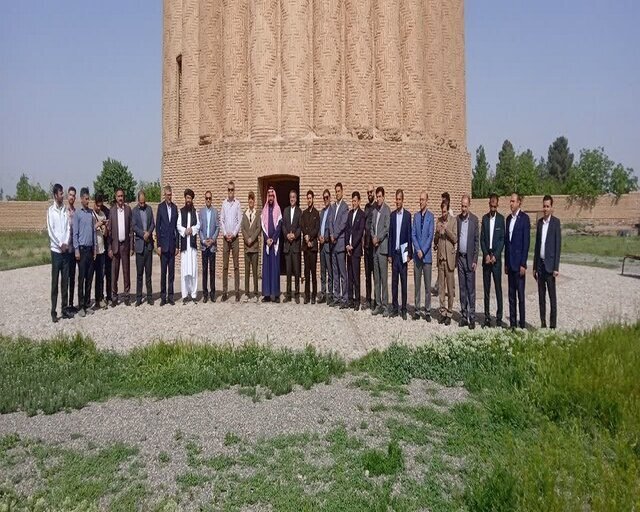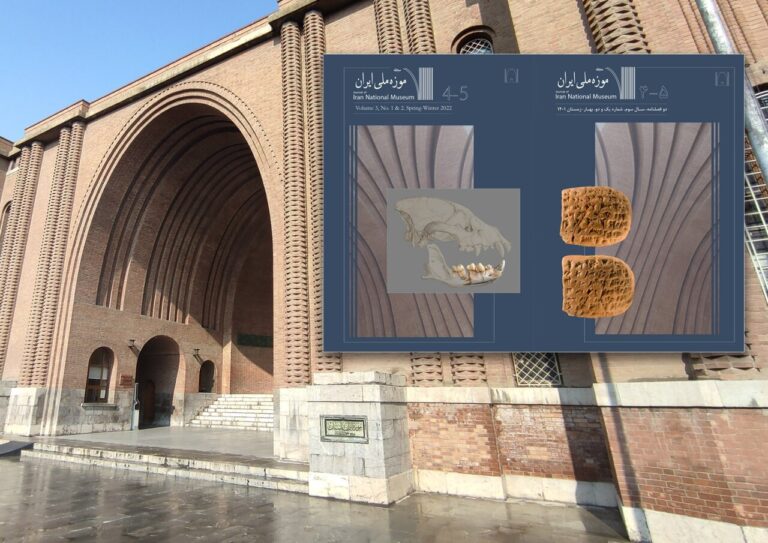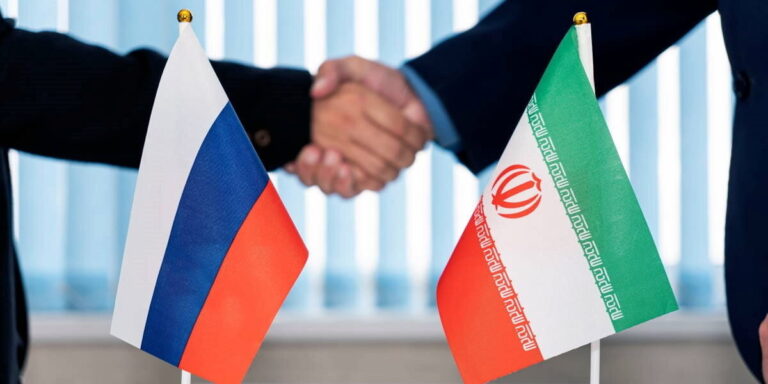Discover Tehran’s Islamic Revolution: New Tourism Map Unveiled for Historical Events
In a significant move to enhance digital tourism, the Tehran Municipality’s Tourism Office has launched an innovative digital tourism map that showcases key locations related to the pivotal events of the 1979 Islamic Revolution in Tehran. This interactive map is now available online for public access, allowing users to explore the rich historical landscape of the city.
On Wednesday, Amir Qasemi, the head of the tourism office, announced the unveiling of this valuable resource, timed perfectly to coincide with the 46th anniversary of the Islamic Revolution’s victory. The digital map emphasizes essential sites in Tehran that were instrumental during the revolution, featuring:
- 18 mosques
- 18 museums
- Homes dedicated to revolution-related history
- 18 critical event locations associated with pivotal moments of the revolution
Qasemi highlighted that this map serves as a guiding tool for organizing and creating tours centered around the Islamic Revolution. One of its primary objectives is to document significant events starting from 1342 (1962), when protests against the Pahlavi regime began. This feature allows users to trace the evolution of the revolution in a detailed and comprehensive manner.
Among the notable locations included in the map are:
- The residence of Imam Khomeini, the late founder of the Islamic Revolution
- Jamaran Hosseiniyeh
- Houses and museums of martyrs such as Shahid Motahari, Shahid Beheshti, Shahid Rajai, Dr. Shariati, and Dr. Chamran
- Ebrat Museum
- Qasr Museum
- National Museum of the Islamic Revolution and Sacred Defense
Other key sites that are prominently featured on the map include the former U.S. embassy, often referred to as the “Den of Espionage,” the Martyrs Museum, and the Peace Museum. The map also highlights historical landmarks such as:
- Meydan-e Shohada (Martyrs’ Square)
- Locations of the assassination attempts on martyrs Motahari, Mofatteh, Rajai, and Bahonar
- Alavi and Refah schools
- Specific areas within Mehrabad Airport
- Behesht Zahra Cemetery
This digital tourism map not only serves as an educational tool but also as a way to promote the historical significance of Tehran during a time of great change. By providing access to these crucial sites, the map encourages both residents and tourists to engage with the rich history of the Islamic Revolution.
In addition to enhancing tourism, the initiative aims to foster a deeper understanding of the events that shaped modern Iran. The online map makes it easier for users to plan their visits to these important historical sites, providing a seamless experience for anyone interested in exploring the legacy of the revolution.
To access the digital tourism map, users can visit the Tehran Municipality’s official website. This user-friendly platform not only offers detailed descriptions of each site but also includes practical information such as opening hours and visitor guidelines. The initiative reflects a growing trend towards digital solutions in tourism, underscoring the importance of technology in enhancing the visitor experience.
As the 46th anniversary of the Islamic Revolution approaches, the launch of this digital map serves as a timely reminder of the historical significance of these events. It stands as a testament to Tehran’s commitment to preserving and promoting its cultural heritage while embracing modern technological advancements.
In conclusion, the introduction of the digital tourism map is a noteworthy development for Tehran, providing an invaluable resource for both locals and visitors alike. By highlighting the key locations associated with the Islamic Revolution, this initiative aims to educate and inspire a new generation to appreciate the rich history of this transformative period in Iran’s past.
